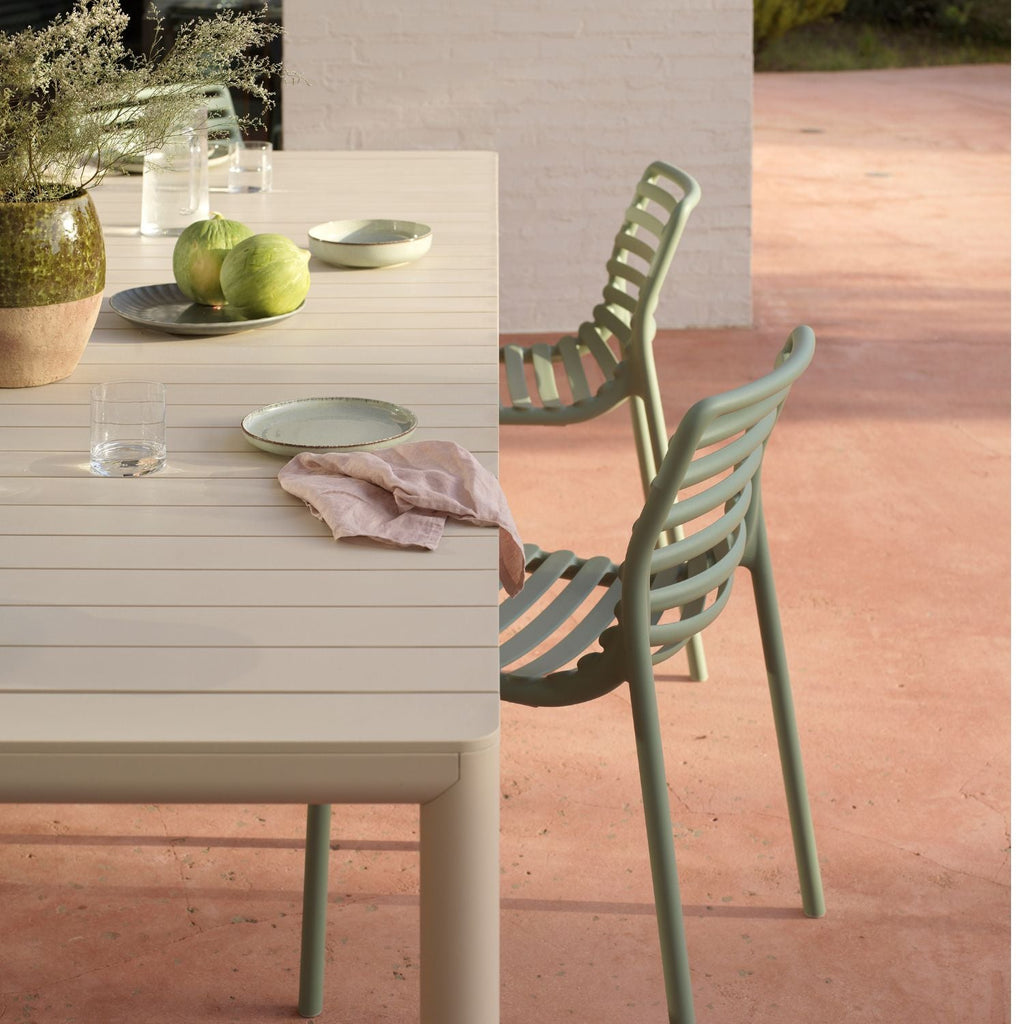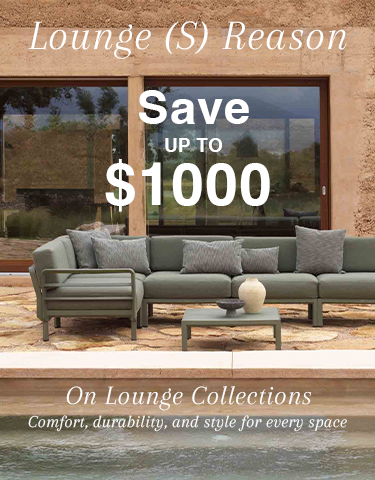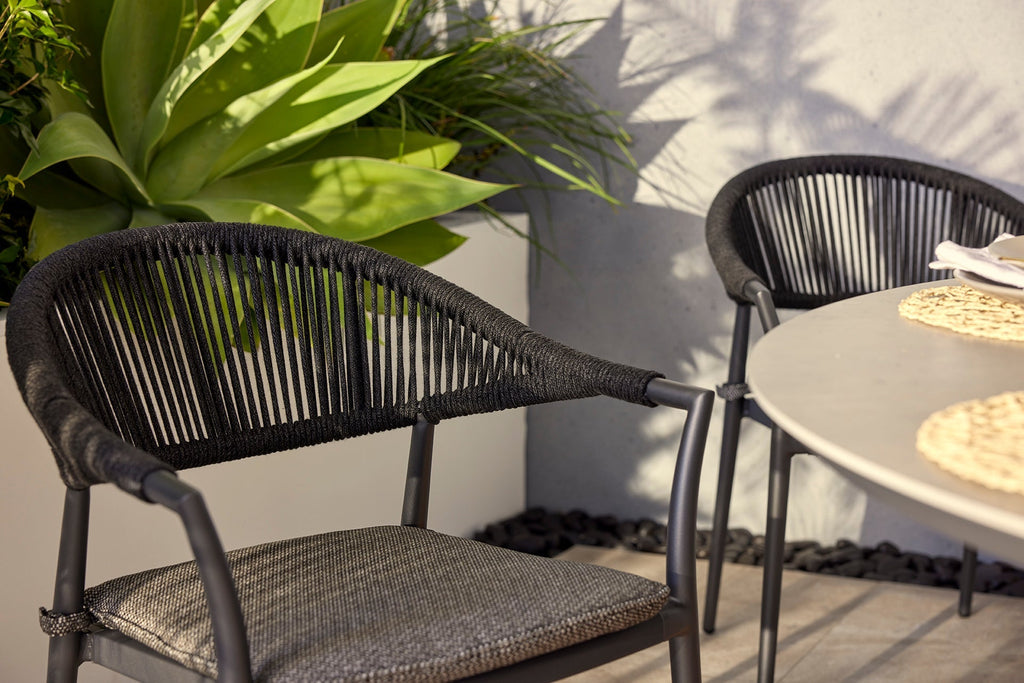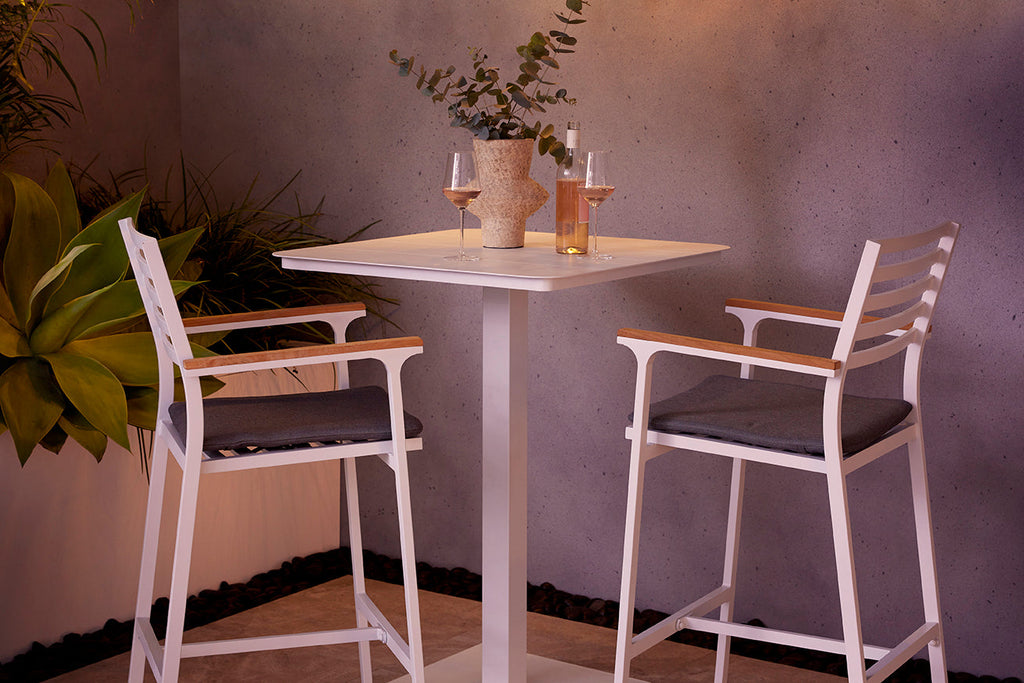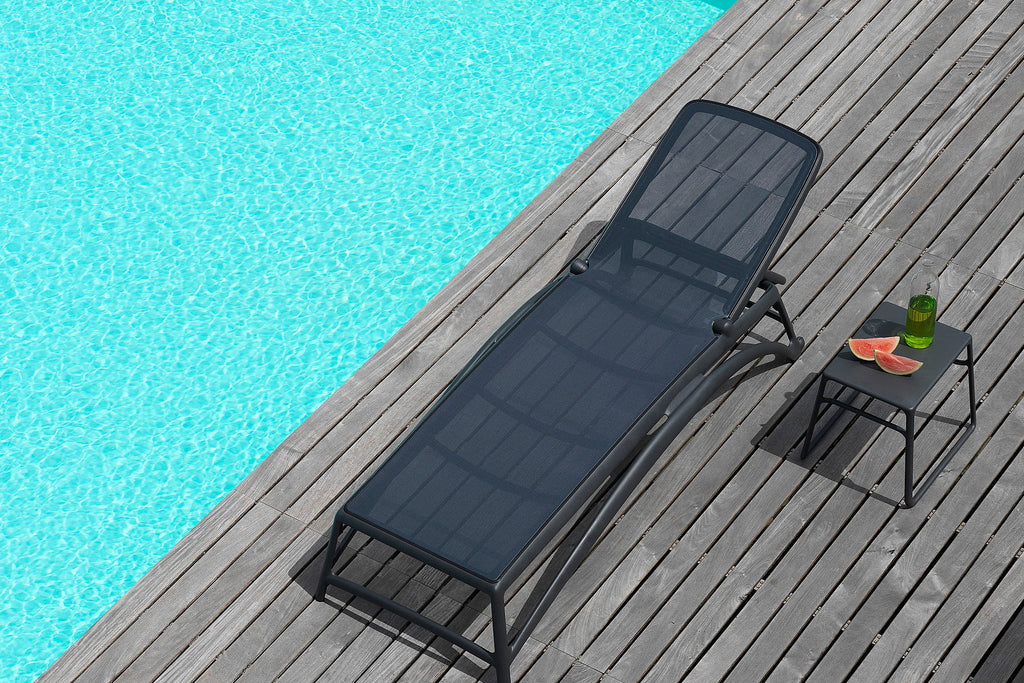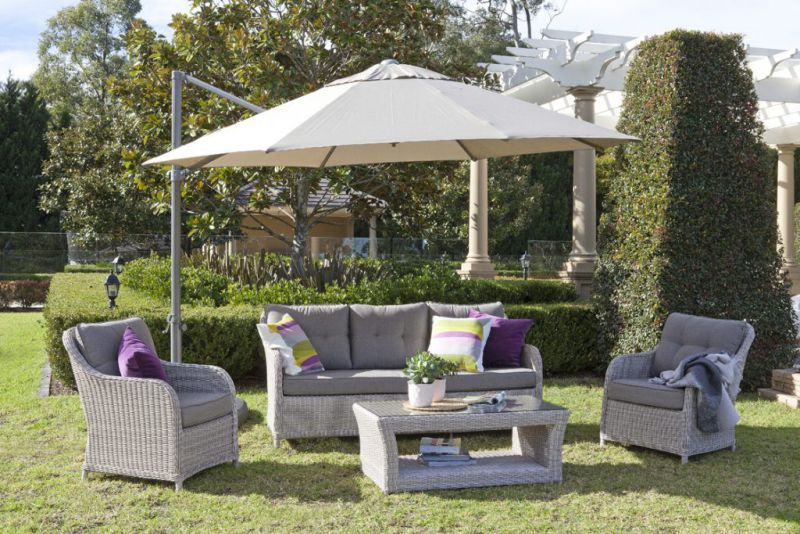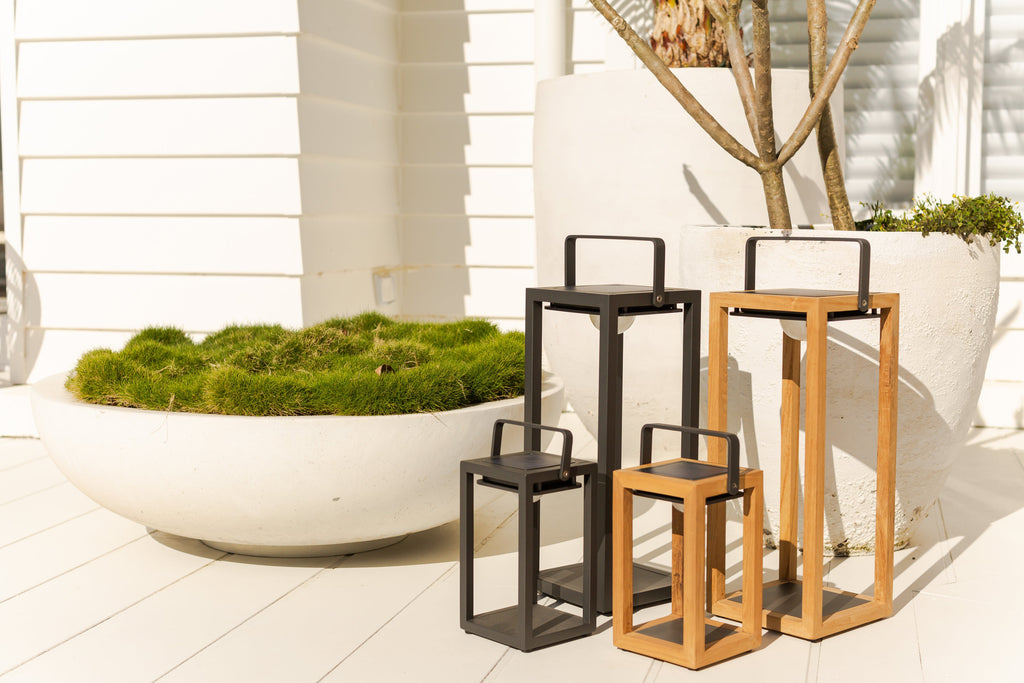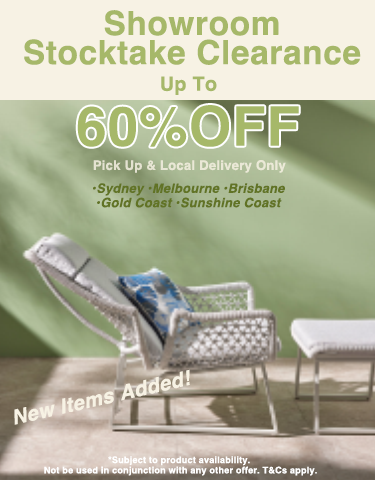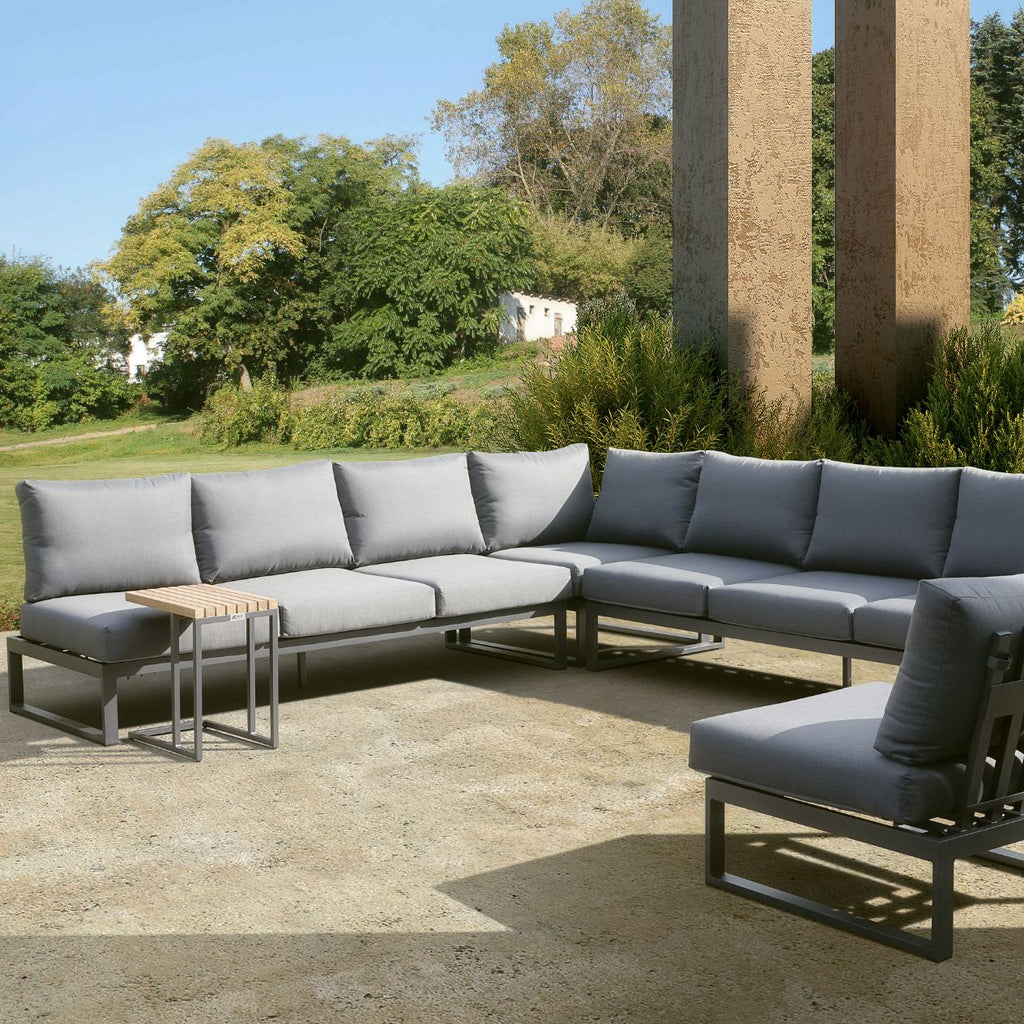Recently viewed
Outdoor Chair Cushions Buying Guide
Patio chair cushions can revolutionise your outdoor space from functional to inviting. These cushions and pillows bring colour and comfort to your patio. Choosing the wrong ones leads to disappointment and money wasted.
Our customers often struggle to find cushions that match their style and meet practical needs. The market has waterproof cushions that fail in rain and patio cushions that lose colour after one season. People rush to buy cheap outdoor cushions without thinking about durability. Some spend too much on furniture cushions with no plan to maintain them.
Mistake 1: Choosing the Wrong Cushion Type
Your outdoor experience can quickly turn from pleasant to uncomfortable if you pick the wrong chair cushions. Many people make quick decisions about cushions without knowing the vital differences in types, shapes, and thickness.
Seat pads vs. deep-seat cushions
Seat pads and deep-seat cushions each serve their own purpose, though people often mix them up. Seat pads are thinner (1-2 inches thick) and act mainly as a protective barrier for furniture with minimal cushioning. These work great for dining chairs that need just enough padding without making the chair too high.
Deep-seat cushions give you much more support and comfort. They range from 3 to 8 inches thick. You'll find them made from materials like foam, gel, or memory foam. These cushions work best with lounge chairs and outdoor sofas where you want to relax for longer periods. Outdoor dining chairs need medium-thick cushions that keep you comfortable without affecting your posture at the table.
Matching cushion shape to chair style
The biggest problem comes from picking cushions that don't match your furniture's shape and style. Each material—wicker, wood, or metal—needs specific cushion shapes, sizes, and ways to attach them. Square cushions of 16×16 or 18×18 inches usually fit standard dining chairs well. Armchairs and deeper seats need larger 20×20 or 22×22 inch cushions.
Your cushion should enhance your chair's design. Slender wooden frames look better with thinner cushions around 2-3 inches thick. Deep bucket chairs might need larger, plush cushions to fill their curves properly. Some cushions come with ties or non-slip backing, which helps a lot with lightweight or smooth-surfaced furniture.
Overlooking cushion thickness
Cushion thickness matters more than you might think. Research shows it's not just about comfort—there's science behind it. A thicker cushion spreads your weight more evenly across the surface. This becomes especially important when you plan to lounge outdoors for extended periods.
The best comfort comes from cushions at least 4 inches thick, while 5.5 inches and above works perfectly for serious lounging. High-density foam provides firm, lasting support for seat cushions without feeling too hard. Back cushions work best with a mix of foam and polyester fiberfill to balance support and plushness.
Your knees and hips stay better aligned with the right cushion thickness, which adds to your overall comfort. Thicker cushions last longer too. Thin cushions often lose their shape and bounce over time, but thicker ones keep their form better. This means your outdoor furniture stays inviting even after years of use.
Mistake 2: Ignoring Fabric and Material Differences
Your outdoor chair cushions won't last long if the fabric falls apart after one season, no matter how perfect the shape and thickness are. The material you choose ended up determining how well they handle the elements and maintain their looks and comfort.
Why outdoor fabrics matter
Outdoor fabrics face challenges that indoor materials can't handle. Your outdoor furniture cushions must stand up to UV radiation, moisture, temperature changes, and potential mildew growth. Standard materials break down quickly under these conditions, leaving you with faded, mouldy, or worn-out cushions.
Quality outdoor fabrics are built to resist these elements. They keep their colour, repel water, and stop mould from growing even in harsh conditions. These fabrics will give a perfect mix of comfort and durability, so you can relax in luxury even after lots of use.
Premium materials like solution-dyed acrylic might get pricey at first, but they can save you hundreds of pounds on replacements down the road. Their excellent UV resistance and weatherproof qualities help them look great for years without fading or wearing out.
Sunbrella vs. polyester vs. cotton
Sunbrella stands as the gold standard for outdoor cushion materials. These solution-dyed acrylic fabrics go through a special manufacturing process where colour gets added while making the fibre, creating outstanding colorfastness and durability. Sunbrella fabrics resist fading, block UV rays, and stay beautiful through countless rainy days. On top of that, they fight off stains, water, mould, and mildew, making them perfect for families and entertaining.
Polyester brings many benefits at a more available price point. Solution-dyed polyester provides great UV resistance and weather protection. In spite of that, it scores lower on lightfastness than acrylic or olefin, with most polyester fabrics lasting no more than 1000 hours. Polyester cushions feel slightly less soft at first and usually show wear after 7-8 years compared to acrylic's 10+ years.
Cotton canvas is the cheapest option and feels soft and takes dye easily. Without extra water-resistant treatments, cotton soaks up moisture and leads to mould and mildew problems. You'll need yearly waterproof treatments for cotton cushions, and they don't work well around chlorine.
Some manufacturers now focus on green materials like recycled PET to help environmentally conscious buyers get durability with less environmental impact.
Waterproof vs. water-resistant cushions
The difference between waterproof and water-resistant materials causes lots of confusion. Waterproof means the fabric won't soak up any water, while water-resistant means it has a coating that repels water drops but soaks through if submerged.
All but one of these outdoor cushions labelled "waterproof" are actually water-resistant. This works better for outdoor use since moisture can evaporate instead of getting trapped inside. True waterproof outdoor cushions combine water-resistant fabric treatments, sealed seams, waterproof zippers, and quick-dry foam cores.
Water-resistant fabrics like Sunbrella let water run right off the surface in areas with frequent rain. These high-quality cushions might still get waterlogged during heavy rain. You can help drain extra water by unzipping the cover and standing cushions on their end.
Pick the right material for your specific environment and your outdoor chair cushions will stay comfortable whatever the weather—saving you money and headaches later on.
Mistake 3: Not Measuring Properly
Your dream patio setup can become an uncomfortable disappointment with poorly measured outdoor chair cushions, even with perfect material and ideal cushion type. The right measurements create the difference between cushions that fit beautifully and those that slide around or hang awkwardly off your furniture.
How to measure width, depth, and height
The furniture frame itself needs measurement—not your old cushions. A rigid tape measure provides accurate dimensions, so avoid using a flexible tailor's tape. Old cushions lose their shape, stretch, and flatten over time, making them unreliable templates.
The tape should go across the seat from left to right between the arms at the widest point to measure width. Depth measurement runs from the front edge to where the seat meets the backrest. Adding an inch to both measurements ensures a snug fit with a slight overhang that enhances comfort.
Back cushions require measuring the vertical distance from the top of the seat to the tallest point of the furniture's back. Keep in mind that if your back cushion sits atop a seat cushion, you must subtract the seat cushion's thickness from this measurement. This prevents your back cushion from extending beyond the chair's top.
1-piece vs. 2-piece cushion measurements
One-piece cushions need a different approach since they combine seat and back in a single unit. The total length comes from combining seat depth and back height measurements. A cushion should be approximately 110 cm in total length if your seat depth measures 50 cm and back height is 60 cm.
Measuring two-piece cushions happens separately—width and depth for seat cushions, height and width for back cushions. Cushion thickness varies by type: dining chair seat cushions range from 2-4 inches thick, while deep seating cushions measure 5-8 inches.
The top of your cushion should measure 18-20 inches from the ground once placed on the frame. This height ensures comfortable seating with feet flat.
Common sizing errors to avoid
People often make the mistake of measuring old, worn cushions instead of the furniture frame. This leads to ill-fitting replacements since old cushions become misshapen and stretched.
The seat cushion's thickness affects back cushion measurements. Subtracting this thickness from the back measurement prevents awkwardly tall back cushions.
Using flexible measuring tapes creates inaccurate dimensions because they tend to curve.
Furniture shape affects cushion fit significantly. Some seats have wider fronts than backs or curved corners that need special attention. Complex furniture shapes might need paper templates to ensure accurate cushion sizing.
Your new cushions will fit perfectly, look professional, and provide lasting comfort if you avoid these measurement mistakes. This applies to both waterproof outdoor chair cushions and standard varieties.
Mistake 4: Overlooking Cushion Fill and Comfort
The comfort and durability of your outdoor chair cushions depend on what's inside them. Most people look at fabric and style, but the filling material plays a vital part in how well these cushions perform.
Polyfill vs. Dacron vs. foam
Polyester fiberfill (polyfill) gives you a soft, fluffy feel that won't weigh you down or cost too much. We used it mostly in throw pillows and back cushions to create that cloud-like comfort homeowners love. This budget-friendly option flattens quickly with regular use and doesn't give much support. Clustered polyfill works slightly better because manufacturers bundle the polyester into small balls for extra firmness. Yet it still gets compressed as time passes.
Dacron, a synthetic polyester fibre, serves two purposes in outdoor chair cushions. You can use it alone or wrap it around foam cores. This pillowy sheet gets laminated onto foam's surface and adds extra softness while keeping its shape. Many manufacturers combine Dacron wrapping with foam cores to balance support and plushness.
Foam gives you the most versatile and supportive option. High-density foam provides firm, lasting support without feeling too hard. The thickness of your foam matters - you need cushions at least 4 inches thick, though 5.5 inches gives ideal comfort.
Support vs. softness: what's right for you?
Your choice between support and softness depends on how you'll use the furniture. Firmer cushions with high-density foam work best in dining areas where good posture matters. A combination of foam with Dacron wrapping gives that perfect balance of support and comfort in lounging spaces.
Density and firmness mean different things. Density shows material quantity while firmness tells you how the cushion feels. A denser foam lasts longer than a firmer but less dense option, even when it feels softer.
Specialty foams help people with specific comfort needs. Reticulated foam lets water pass through easily - perfect next to pools. Closed-cell foam keeps water out completely and stays firm - ideal in rainy weather.
Mistake 5: Skipping Maintenance and Storage Planning
Patio lovers spend good money on premium outdoor chair cushions but watch them fall apart too soon because they don't take care of them right. The most expensive cushions need proper care to stay looking good and working well.
Why storage matters even for waterproof cushions
Waterproof outdoor chair cushions can handle rain and outdoor elements, but they might still get mould or mildew without the right protection. Rain takes its toll at the time cushions stay wet and can't dry properly. The sun's UV rays break down fabric's fibres and make colours fade as time passes.
Best storage options for small patios
Small spaces need smart solutions. Wall-mounted racks or under-deck storage work great for saving space. Weather-resistant plastic boxes give cushions perfect protection during downtime. Storage benches serve double duty by offering both seating and a place to store items. Breathable storage bags keep moisture away and protect cushions from dust and pests during off-season.
Cleaning tips to extend cushion life
A really good cleaning before storage stops mildew from growing on leftover debris. Clean the whole fabric surface instead of just spots to avoid water rings or marks. The outdoor season needs simple weekly care - sweep with a soft hand brush and use mild, pH-neutral soapy water with a microfiber cloth. Fabric protectors create a shield that keeps liquids out and stops dirt from getting deep into the fibres.
Learning about these common pitfalls shows how small details can affect your outdoor chair cushions' durability and comfort. The right cushion type, quality materials, exact measurements, proper fill, and good maintenance create a comfortable, long-lasting outdoor seating experience.
Time spent researching your options will pay off later. Waterproof materials might cost more at first but save money by lasting longer. Taking exact measurements helps avoid the hassle of cushions that slide around or bunch up uncomfortably.
Your outdoor space's specific needs should shape your choices. People in rainy areas need quick-drying, mildew-resistant fabrics. Families with kids benefit from stain-resistant materials that clean easily. Weather patterns in your area determine whether you need water-resistant or fully waterproof cushions.
Comfort matters more than anything else. Finding the sweet spot between support and softness turns basic outdoor furniture into a welcoming space where people love to gather. Understanding fill materials and their qualities helps achieve this balance.
Note that even top-quality outdoor cushions need regular care. You can extend your cushions' life by brushing off debris weekly, cleaning spills right away, and storing them properly during bad weather. These simple steps protect your investment and keep your outdoor space looking great every season.
This knowledge helps you pick outdoor chair cushions that look great, feel comfortable, and stand up to nature's challenges. Your patio becomes a true extension of your home - both beautiful and practical for years ahead.
Visit Our Showrooms
Ordering our outdoor furniture is simple with our secure online purchasing system. However, if you prefer to experience the quality firsthand, why not visit any of our 7 outdoor furniture showrooms across NSW, VIC, and QLD. Our showrooms are located in Sydney, Melbourne, Brisbane, the Sunshine Coast, and the Gold Coast. At each location, our friendly and knowledgeable team members are ready to assist with your outdoor furniture needs.
At Remarkable Outdoor Living, we offer more than just outdoor chair cushions – we showcase a comprehensive range of outdoor furniture to elevate your outdoor living spaces. Our extensive selection includes Outdoor Lounges, Outdoor Chairs & Benches, Outdoor Tables, Outdoor Dining Sets, Outdoor Bar & Balcony Furniture, Outdoor Daybeds & Sunlounges, Outdoor Umbrellas, Outdoor Cushions & Accessories, and more. We are also the #1 Australian retailer for popular brands like Nardi Furniture, Couture Jardin Furniture, EcoSmart, and Heatsope.
